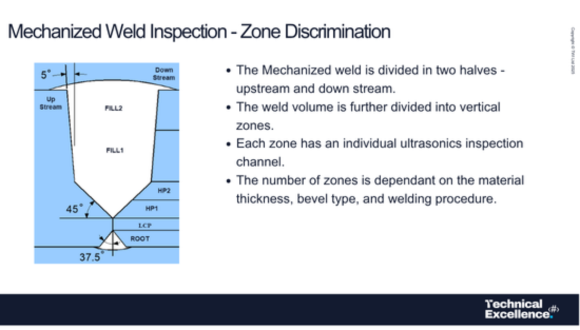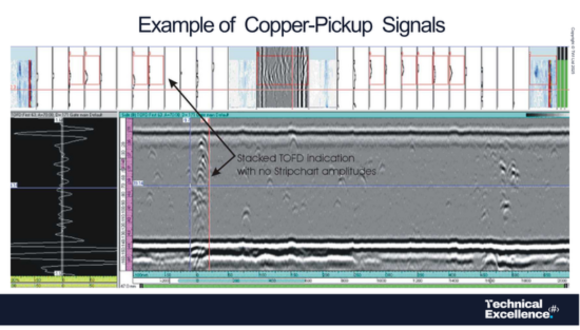Mon, 10 November, 2025
In an era of growing global energy demand, the integrity and reliability of pipeline systems are more critical than ever. To address this need, TWI India conducted an insightful webinar titled “Inspection of Pipeline Girth Weld Joints Using Automated Ultrasonic Testing (AUT) – Zonal Discrimination Technique to Accomplish High POD and Low FCR,” on 6 November 2025. The session offered participants an in-depth understanding of advanced ultrasonic testing methodologies that are revolutionising the inspection of pipeline welds.
Mr Sathish Murugan from TWI India led the session, bringing extensive experience and technical expertise in mechanised ultrasonic inspection and non-destructive testing (NDT) applications.
The webinar began with a historical overview of pipeline welding and inspection, tracing the evolution from traditional Shielded Metal Arc Welding (SMAW) to Gas Metal Arc Welding (GMAW) and, finally, to Mechanised Welding Systems. These advancements paved the way for Automated Ultrasonic Testing (AUT), which emerged as a superior alternative to radiographic testing (RT) — particularly for detecting planar flaws such as lack of fusion, a common issue in mechanised GMAW processes.
Unlike RT, AUT offers improved sensitivity to planar flaws, real-time feedback, enhanced safety (no radiation), and the ability to assess flaw depth and orientation accurately.

Understanding the Zonal Discrimination Technique
At the heart of the discussion was the Zonal Discrimination Technique, a refined Automated Ultrasonic Testing (AUT) approach that divides the weld volume into multiple zones - upstream, downstream, and vertical segments — each inspected by dedicated ultrasonic channels. This zonal configuration ensures higher Probability of Detection (POD) and lower False Call Rate (FCR), leading to more precise evaluation and fewer unnecessary repairs.
Participants explored how systems like PipeWizard facilitate efficient inspection setups, calibration, and data acquisition. The webinar also demonstrated the process of gate setting, calibration scan validation, and data quality checks necessary for reliable weld assessment.

Advanced Methods: PAUT and TOFD
The presentation delved deeper into Phased Array Ultrasonic Testing (PAUT) and Time of Flight Diffraction (TOFD) — two cornerstone technologies in modern pipeline inspection.
• PAUT enables electronic beam steering and focusing, allowing multiple inspection angles and superior imaging of complex weld geometries.
• TOFD, on the other hand, uses diffracted signals from defect tips, offering accurate flaw sizing regardless of defect orientation.
Together, these methods enhance detection accuracy and support Engineering Critical Assessment (ECA), a fitness-for-purpose evaluation that ensures pipeline safety without overly conservative repair criteria.

The webinar concluded with a look at the next-generation PipeWizard iX system, which integrates data acquisition onto the scanner itself. This innovation enhances portability, setup efficiency, and inspection accuracy, making it a significant step forward in automated inspection technology.
TWI India continues to organise such technical webinars on a regular basis, bringing together experts and professionals to share insights on the latest advancements in inspection technologies, welding, and materials engineering. Stay tuned for updates on upcoming sessions and opportunities to enhance your technical knowledge with TWI.